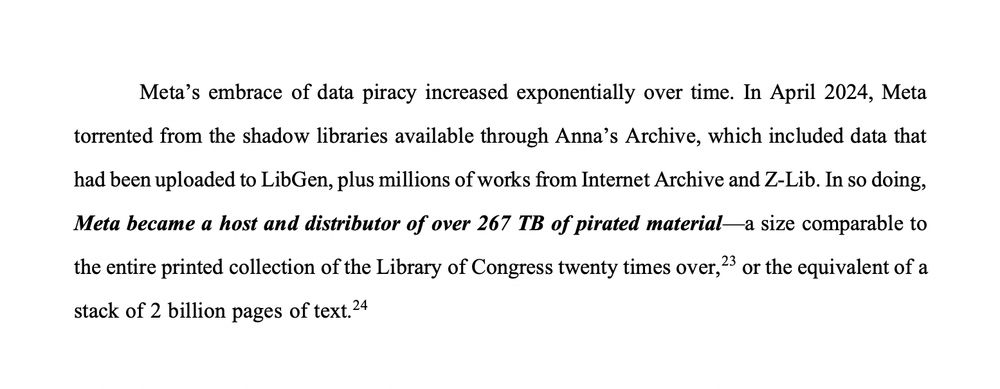
Author — The Precipice: Existential Risk and the Future of Humanity.
tobyord.com
Overall the inference scaling produced 82%, 63%, and 92% of the total performance gains on the different benchmarks.
12/


Overall the inference scaling produced 82%, 63%, and 92% of the total performance gains on the different benchmarks.
12/
The same is true for the other benchmarks I examined. Here are the raw scatterplots:
11/


The same is true for the other benchmarks I examined. Here are the raw scatterplots:
11/
• the RL boost taking the base model to the trend line
• the inference-scaling boost taking it to the top of the trend
10/

• the RL boost taking the base model to the trend line
• the inference-scaling boost taking it to the top of the trend
10/
8/

8/
6/

6/
5/

5/



🧵 @givingwhatwecan.bsky.social

🧵 @givingwhatwecan.bsky.social
14/

14/
13/

13/
10/

10/
2/

2/
6/

6/
5/

5/
4/

4/
3/

3/
2/

2/

3/n

3/n
2/n

2/n




